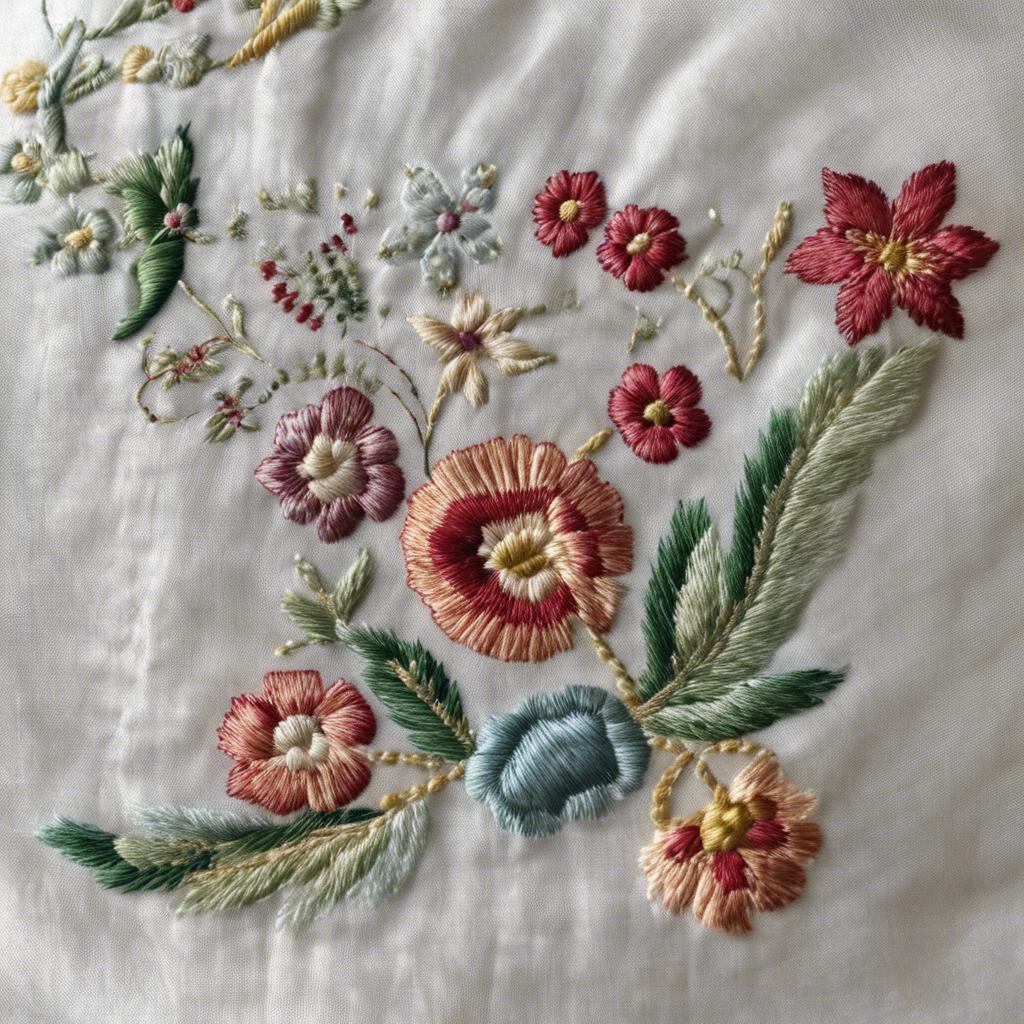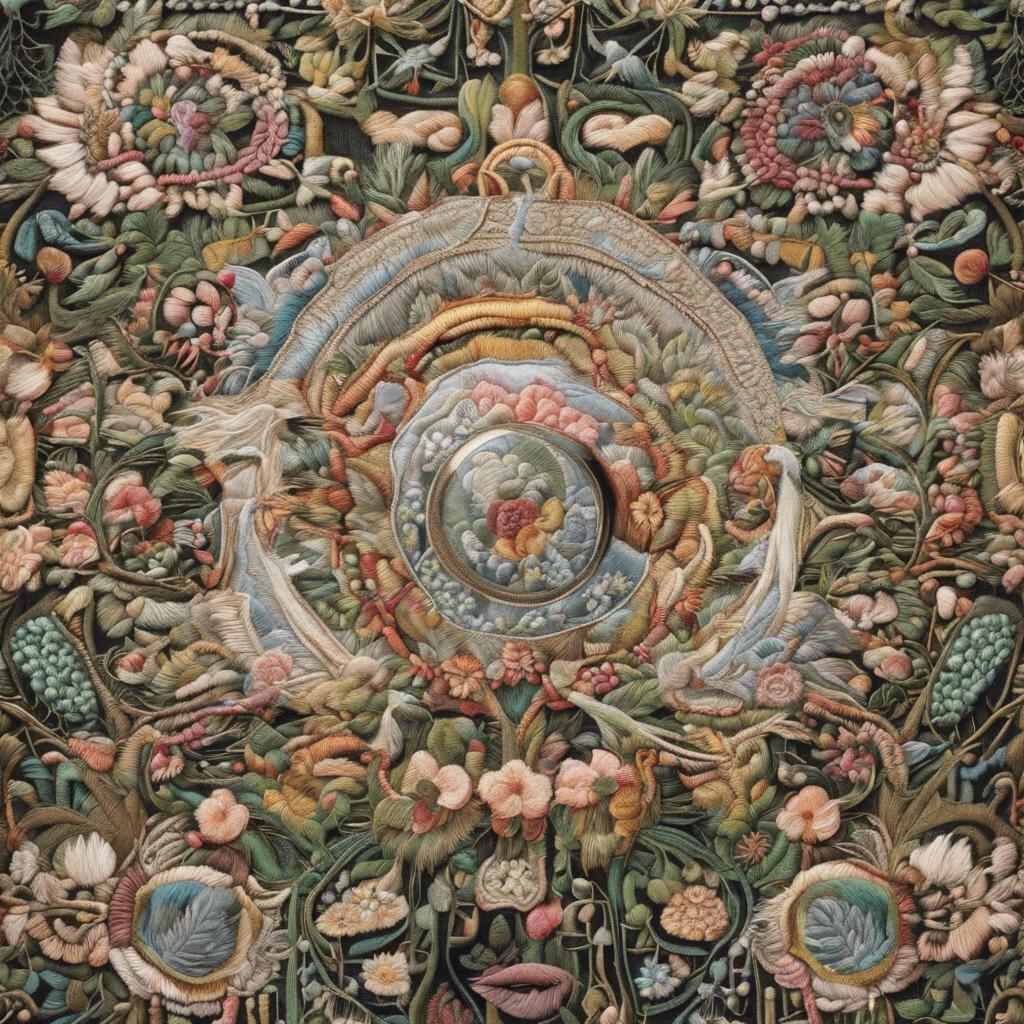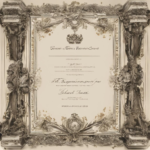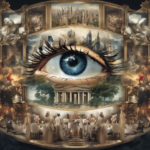Embroidery during the Regency era was a refined and intricate art form that reflected the elegance and sophistication of the time. This period, spanning from 1811 to 1820, saw a resurgence of interest in fine needlework among the aristocracy and upper classes. From delicate floral motifs to elaborate geometric patterns, Regency era embroidery was a showcase of skill and creativity. In this article, we will explore the history, techniques, and significance of this exquisite craft during one of the most stylish and culturally rich periods in British history.
Step Into the World of Cheryl Bolen
Dive into the enchanting stories of love, intrigue, and elegance set in the Regency Era. Cheryl Bolen's novels offer timeless romance and captivating tales that will leave you wanting more.
Explore Cheryl Bolen's Books Now
Introduction to Regency Era Embroidery Techniques
Embroidery during the Regency Era was a highly intricate and delicate art form that showcased the skill and creativity of the artisans of that time. The techniques used during this period have left a lasting legacy that continues to inspire modern embroiderers today.
Regency era embroidery techniques often involved the use of regency era hobbies”>fine silk threads and delicate stitches to create elaborate floral motifs, geometric patterns, and intricate borders. Some of the most common techniques included:
-
Crewel Embroidery: Crewel embroidery was a popular technique during the Regency Era, characterized by the use of wool threads on linen or cotton fabric. This technique often featured swirling motifs and intricate designs, creating a rich and textured look.
-
Whitework Embroidery: Whitework embroidery involved using white thread on white fabric to create a subtle and elegant look. This technique often featured delicate motifs such as flowers, vines, and leaves, creating a soft and ethereal effect.
-
Goldwork Embroidery: Goldwork embroidery was a luxurious technique that used gold and silver threads to add a touch of opulence to garments and accessories. This technique often featured intricate patterns, such as scrolls, leaves, and flowers, that shimmered in the light.
Regency era embroidery techniques were characterized by their attention to detail, precision, and beauty. The artisans of this time created stunning works of art that continue to captivate and inspire us today. Whether you are a seasoned embroiderer or a beginner looking to learn more about this historical art form, exploring Regency era embroidery techniques can provide a wealth of inspiration and knowledge to enhance your own embroidery projects.
Exploring Intricate Stitching Patterns and Designs
During the Regency era, embroidery flourished as a popular pastime among wealthy women. Intricate stitching patterns and designs adorned everything from clothing to household items, showcasing the skill and creativity of the artisans. Embroidery was not only a fashionable pursuit but also a way for women to showcase their social status and refinement.
One of the most iconic embroidery styles of the Regency era was the tambour technique. Using a special hook to create chain stitches, tambour embroidery allowed for intricate designs to be executed with precision. Popular motifs included floral patterns, geometric shapes, and scenes from nature. The delicate stitches were often embellished with beads and sequins, adding an extra layer of elegance to the finished piece.
Regency era embroidery was not only a form of decorative art but also a means of self-expression for women. Stitching patterns and designs reflected the personal taste and creativity of the embroiderer, making each piece unique and individual. The intricate craftsmanship and attention to detail in Regency embroidery continue to inspire modern artisans and designers today.
Utilizing Authentic Materials for True Historical Accuracy
During the Regency era, embroidery was a popular pastime among women of all social classes. It was a way for women to showcase their creativity and skill, as well as to add intricate details to their clothing and household items. Authentic materials used during this time period included silk threads, linen fabric, and metallic threads made of real gold or silver. These materials were often expensive and reserved for special occasions or for those of higher social status.
Regency era embroidery patterns were influenced by the natural world, with motifs such as flowers, leaves, and animals being popular choices. Women would spend hours meticulously stitching these designs onto their garments or household textiles, creating beautiful and intricate pieces that showcased their talent. Using authentic materials from this time period is essential for true historical accuracy, as it allows us to recreate the same look and feel of the embroidery from the Regency era.
When recreating Regency era embroidery, it is important to pay attention to the details. Using authentic materials such as silk threads and metallic threads can make a significant difference in the final piece, giving it an air of authenticity and historical accuracy. By investing in high-quality materials and taking the time to perfect each stitch, we can truly capture the essence of Regency era embroidery and pay homage to the skilled artisans of the past.
Tips for Incorporating Regency Era Embroidery into Modern Fashion
Incorporating regency era embroidery into modern fashion can add a touch of elegance and sophistication to your wardrobe. By blending traditional embroidery techniques with contemporary styles, you can create a unique and eye-catching look that pays homage to the classic regency era fashion.
Here are some :
-
Mix and Match: Pair a regency era embroidered top with modern denim jeans or a leather skirt for a chic and balanced look. Mixing embroidery with contemporary pieces can create a harmonious blend of old and new.
-
Accessorize: Add regency era embroidered accessories such as handbags, scarves, or shoes to your outfit for a subtle touch of vintage flair. Accessories are a great way to incorporate embroidery without committing to a full-on regency era look.
-
Statement Pieces: Opt for a regency era embroidered dress or jacket as a statement piece in your outfit. Let the embroidery shine by keeping the rest of your look simple and understated. This will ensure that the embroidery takes center stage and adds a regal touch to your ensemble.
The Conclusion
regency era embroidery encapsulates the elegance and refinement of the time period, showcasing the skill and artistry of artisans from centuries past. From delicate floral motifs to intricate patterns, these exquisite pieces reflect the sophistication and attention to detail that defined the regency era. As we continue to admire and preserve these beautiful works of art, we honor the legacy of those who created them and ensure that their craftsmanship and creativity are remembered for generations to come.


